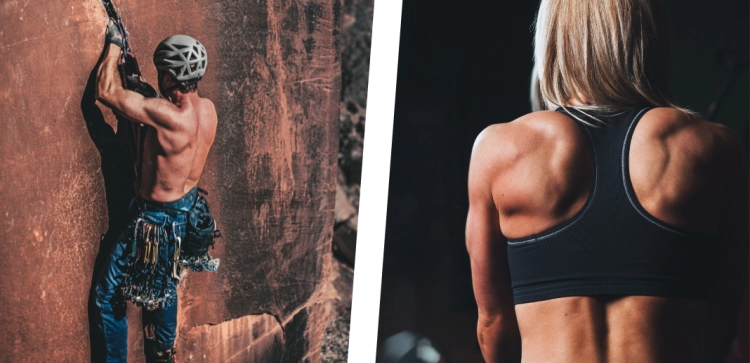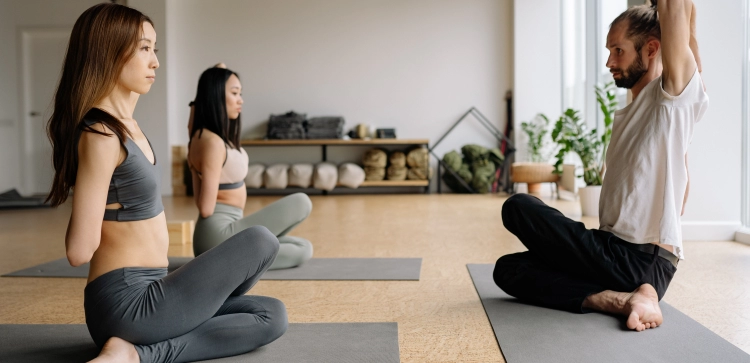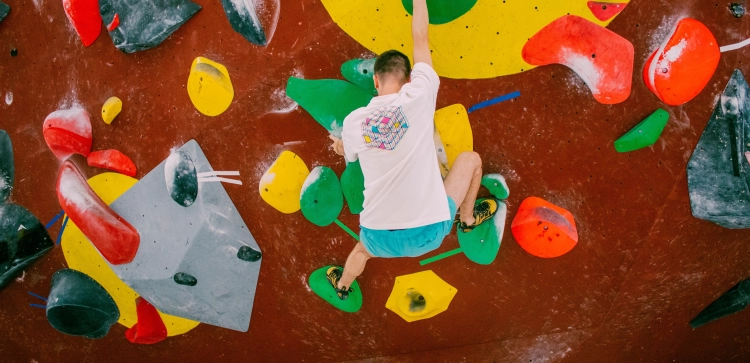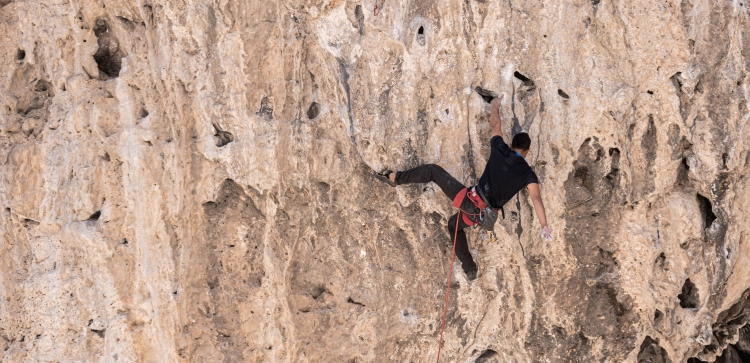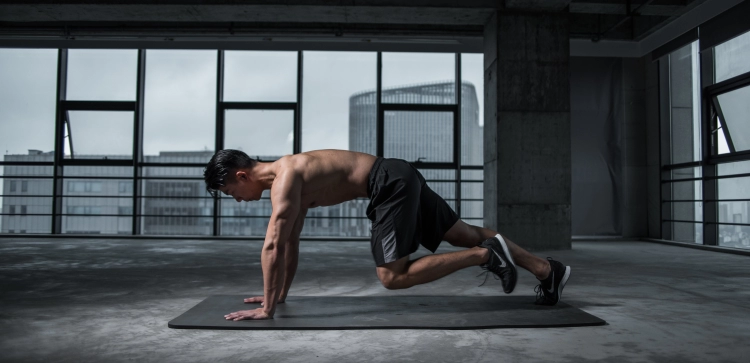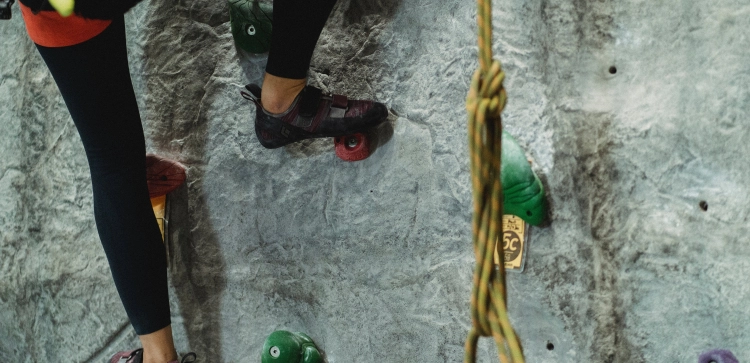Mastering Body Tension: Navigating Intricate Climbing Sequences With Precision

Embarking on climbing routes with intricate sequences demanding heightened body tension is a challenge that many climbers encounter. The ability to maintain control and balance through precise body tension is crucial for navigating these sequences. In this guide, we'll delve into effective techniques to approach intricate climbing sequences, focusing specifically on the importance of body tension.
- Understanding The Significance Of Body Tension
- Techniques For Climbing With Body Tension
- 1. Core Engagement And Stability
- 2. Efficient Weight Distribution
- 3. Controlled Breathing For Relaxation
- 4. Utilize Opposing Forces
- 5. Precision Footwork And Toe Placement
- 6. Gradual Weight Transfer
- 7. Practice Body Tension Exercises
- Overcoming Challenges In Intricate Sequences
- Frequently Asked Questions
- How Can I Improve Core Strength For Better Body Tension?
- Are There Specific Drills For Practicing Body Tension?
- Can Body Tension Techniques Be Applied To Different Climbing Styles?
- How Do I Maintain Body Tension During Dynamic Moves?
- Is There A Specific Warm-up Routine For Body Tension-focused Climbs?
- Conclusion: Precision In Motion
- Community Questions · 0
Understanding the Significance of Body Tension
Before exploring specific techniques, it's essential to grasp the significance of body tension in climbing. Body tension is the key to stability and control, especially in intricate sequences where maintaining balance is paramount.
Techniques for Climbing with Body Tension
1. Core Engagement and Stability
Core engagement forms the foundation of body tension. Strengthen your core muscles through targeted exercises and focus on maintaining a stable core during climbs. This foundation enhances overall body control.
2. Efficient Weight Distribution
Distribute your weight efficiently across your body. Avoid putting excessive weight on a single point. By evenly distributing your weight, you maintain balance and reduce strain on specific muscles.
3. Controlled Breathing for Relaxation
Controlled breathing is integral to body tension. Practice rhythmic breathing to stay relaxed and focused. Tension often increases with stress, and controlled breathing helps manage anxiety during intricate sequences.
4. Utilize Opposing Forces
Incorporate opposing forces to enhance body tension. Push and pull against holds simultaneously to create tension between your limbs. This counterbalance adds stability and control to your movements.
5. Precision Footwork and Toe Placement
Precision footwork is crucial in intricate sequences. Place your feet precisely on holds, utilizing toe placement for maximum contact. This precision minimizes unnecessary movements and contributes to overall tension.
6. Gradual Weight Transfer
During intricate sequences, focus on gradual weight transfer between holds. Smooth transitions reduce sudden shifts in body tension, allowing for controlled movements. Plan your sequence to minimize abrupt weight changes.
7. Practice Body Tension Exercises
Incorporate specific body tension exercises into your training routine. These exercises can include hanging drills, flagging exercises, and controlled movements on a campus board. Target areas that challenge your body tension capabilities.
Overcoming Challenges in Intricate Sequences
1. Identifying Key Body Positions
Analyze the route to identify key body positions. Understanding the optimal body positions for specific holds allows you to plan your movements strategically, minimizing tension challenges.
2. Mental Focus and Visualization
Mental focus is paramount. Visualize yourself navigating intricate sequences successfully, paying attention to body positioning. Mental rehearsal enhances your ability to execute precise movements.
3. Flexibility for Adaptability
Maintain flexibility to adapt to changing sequences. Being able to adjust your body positioning in response to unexpected challenges is crucial for maintaining tension and control.
Frequently Asked Questions
How can I improve core strength for better body tension?
Incorporate core-strengthening exercises into your training routine. Planks, leg raises, and hanging leg raises are effective for building core strength and stability.
Are there specific drills for practicing body tension?
Yes, body tension drills include flagging exercises, hanging drills on different holds, and controlled movements on a tension board or campus board. Practice these drills regularly to improve body tension.
Can body tension techniques be applied to different climbing styles?
Absolutely. Body tension is a fundamental aspect of climbing and is applicable to various styles, including bouldering, sport climbing, and trad climbing. Adapt the techniques to suit the specific demands of each style.
How do I maintain body tension during dynamic moves?
For dynamic moves, focus on pre-loading your body tension before the move. Engage your core, visualize the sequence, and execute the dynamic move with controlled energy. Practice dynamic movements to enhance tension control.
Is there a specific warm-up routine for body tension-focused climbs?
Include dynamic stretching and body tension drills in your warm-up routine. Gradually increase the intensity to prepare your muscles for the specific demands of climbs requiring body tension.
Conclusion: Precision in Motion
Approaching climbing routes with intricate sequences requiring body tension is a dance of precision. By incorporating these techniques into your climbing practice, you'll enhance your ability to navigate intricate sequences with finesse and control.

